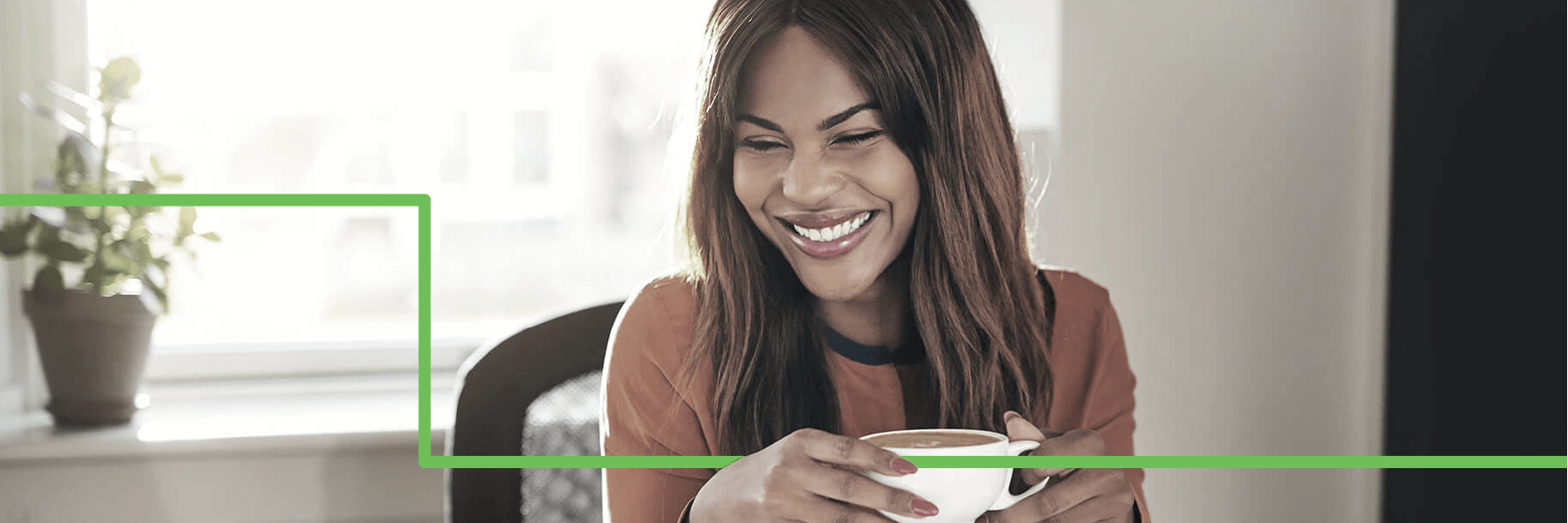Stay Connected When Working from Home
If you’re new to working from home or now have more virtual co-workers due to COVID-19 travel restrictions and social distancing, you’ve probably noticed that IT’S REALLY DIFFERENT working from home over the last few weeks. Some signs:
- Priorities keep shifting
- Disrupted personal and work schedules
- More kids around
- Less exercise (and feeling bad about that)
- Debating with yourself about how much to stay in touch with co-workers, extended family members, and friends
- _____________________ (Your example of how crazy different it is)
Here are 5 Tips for staying connected and productive with your co-workers when working from home or from a distance.

1. Use a webcam for online meetings and short conversations.
Seeing each other on camera enhances personal connection and trust. Currently, over 50% of people in online meetings don’t use webcams. Unless your company limits usage for security, you should start using it. Whatever excuse you have for not using a webcam, get over it.
One exception: You’ve already established a very successful way to connect by phone or chat.
2. Let your teammates know what you’re focusing on that day.
This small action increases the common sensibility that we’re all sharing responsibility for getting important work done. When working at a distance from colleagues, we can start wondering: “What’s Raymond doing today? Does he wonder if I’m putting in a full day?” Dispel the worry! Simply send a message to your regular co-workers every morning (or the night before) about your focus that day, e.g., “Today I’m focused on responding to at least 20 customer inquiries.” While it’s important to share what you’re working on, you don’t have to provide your schedule.

3. Share best practices and small successes.
Colleagues listen to each other more than they listen to online experts and pundits. For example, you notice that making a short to-do list at night and refreshing it in the morning really works for you because things change, literally, overnight. Share this with your colleagues. You may notice getting up at the same time every morning even though you’re not commuting anymore, and using time on self-care, meditating, exercise, is really working for you. Share it.
4. Make promises that you can keep.
Trust is made up of a few very important things: walking your talk, demonstrating competence, and being transparent. But the BIGGEST factor, when working at a distance, is dependability. Dependability includes getting clear with your co-workers on who’s going to do what by when. Write down your commitments and share them after each meeting. If you can’t keep a commitment (we all miss commitments), simply acknowledge it and make a new promise. Keep people up to date on any re-commitments.

5. Connect with others on one of your company’s social channels.
OK, introverts, I know this may sound like a terrible idea to you. After all, you deactivated your Facebook page (which took you five years to subscribe to in the first place). We’re aiming to avoid the very common isolation pitfall. It creeps up on us. Remember, we are all social beings. We get important needs met by connecting with other human beings. Lots of social research points to the statistic that we need between 3-5 authentic emotional connections every day. By authentic, I mean an interaction wherein you can be yourself. You can do that with your dog. I believe you. But human kindness is the key factor here. We all need some of that good stuff. For extroverts, share responsibly.
Turning a good tip into a habit takes repetition. We all have a little time and space now to practice. Benefits will accrue from staying connected and in tune with our co-workers.
Looking for solutions to collaborating from a distance? Check out our suite of virtual offerings that will help your team work better together, no matter where they are.
About Barry Rosen
The CEO of Interaction Associates, Barry consults with company leaders on how to empower people and teams to work across functions and other boundaries to get important things done. He leads the assembly of IA's collaboration tools and learning content, including programs on facilitative leadership, inclusive teams, and task-focused group facilitation.





